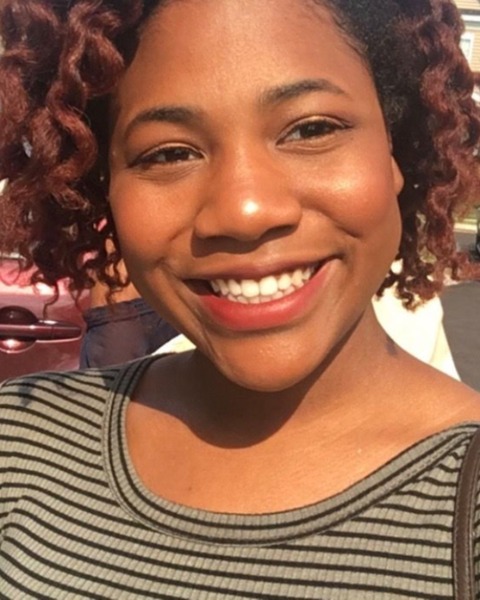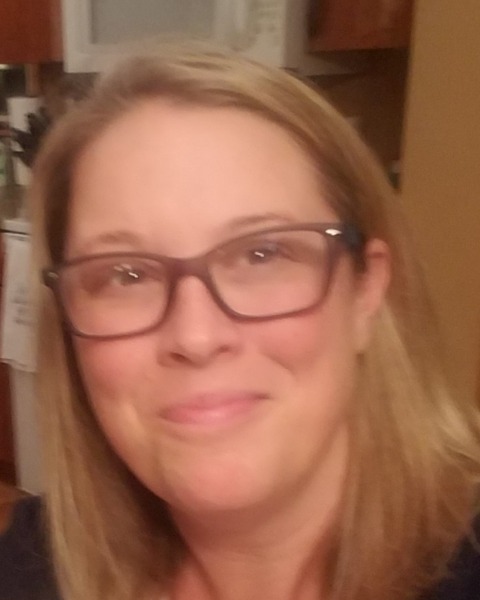Symposia
Culture / Ethnicity / Race
4 - (SYM 120) Help-seeking Interventions Differentially Increase Treatment-seeking Rates in Black and White Americans
- CC
Cameryn A. Cooley, B.A. (she/her/hers)
The Ohio State University
Columbus, Ohio, United States 
Kassidie S. Harmon, M.S.
Graduate Student
The Ohio State University
Columbus, Ohio, United States
Jennifer S. Cheavens, Ph.D. (she/her/hers)
Professor
The Ohio State University
Columbus, Ohio, United States
Speaker(s)
Co-author(s)
In 2022, 56.1% of Black and 68.4% of White U.S. adults who experienced Major Depressive Episodes (MDE) received treatment for depression (SAMHSA, 2023). This suggests that despite the existence and availability of evidence-based treatments, there is variability in treatment utilization. The high prevalence of untreated mental illness combined with differential treatment-seeking rates may indicate the need for treatment-seeking interventions that specifically address the barriers that marginalized groups face.
In a systematic review of RCTs that included help-seeking interventions, Gulliver et al., (2012) found that only one intervention, an online CBT skills training, improved help-seeking behavior with a small effect size (d = .24; Christensen et al., 2006). However, this finding is limited because demographic information was not reported; therefore, it is impossible to know if this intervention is equally effective across racial groups.
We assessed the effectiveness of three interventions intended to increase treatment-seeking rates in a sample of Black and White Americans with elevated depressive symptoms. In the first intervention, participants received a referral packet that included a list of providers who accepted participants' insurance and were accepting new clients, to limit the effect of enabling resources on treatment seeking. In the second intervention group, participants were provided with the same referral packet in addition to 15 minutes of psychoeducation about depression, and the benefits of treatment. In the third intervention group, participants were provided with the same referral packet and 15 minutes of a hope intervention where participants set treatment-seeking goals and generated viable pathways that could be used to reach those goals. Participants were asked about their treatment-seeking behaviors 4-10 weeks post-intervention.
We found that across interventions, White Americans (73.44%) sought treatment at higher rates than Black Americans (53.66%, χ2(1, N = 105) = 4.339, p = .037). Compared to the 2022 national data (63.7% treatment-seeking; SAMHSA, 2023), White participants who completed these interventions were more likely (73.44%) to seek treatment, but Black Americans were less likely (53.66%) to seek treatment. Future researchers should establish what components of an intervention could be helpful in increasing treatment-seeking, particularly for Black Americans.

.png)
